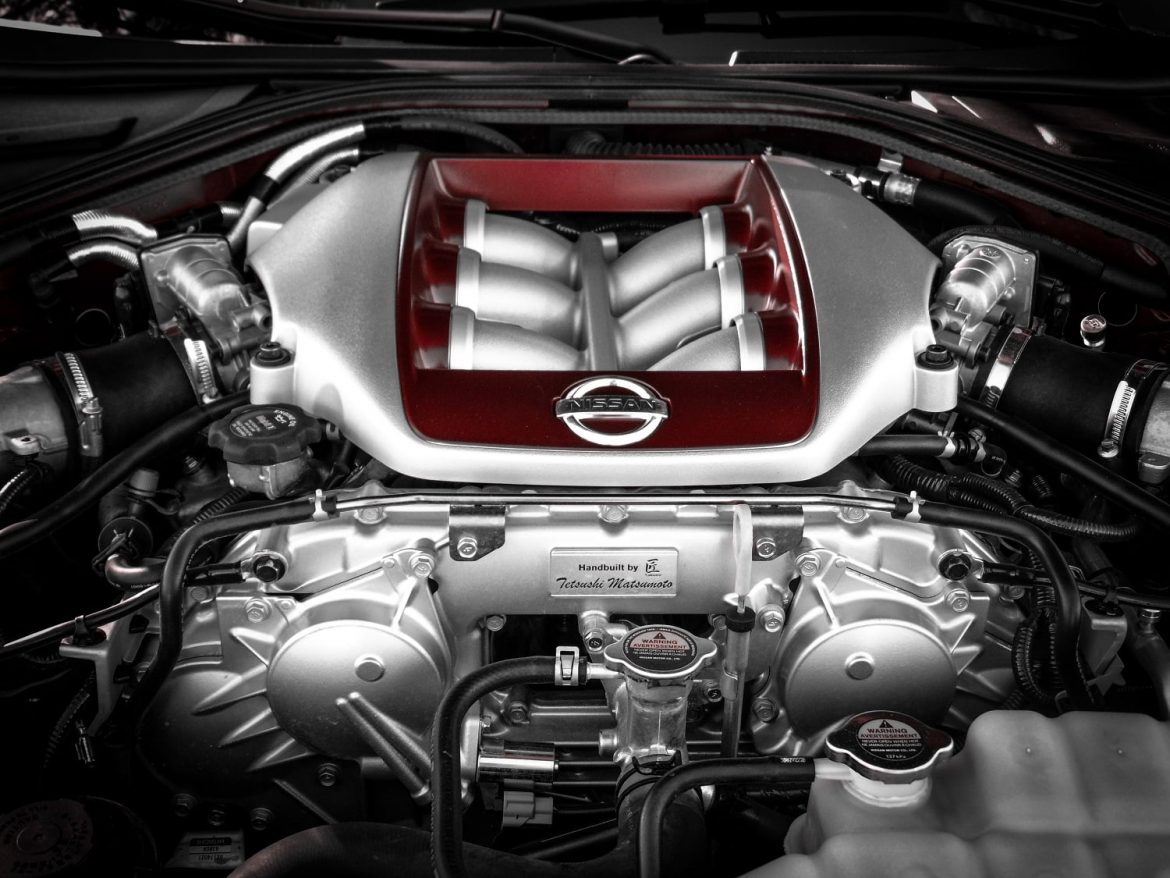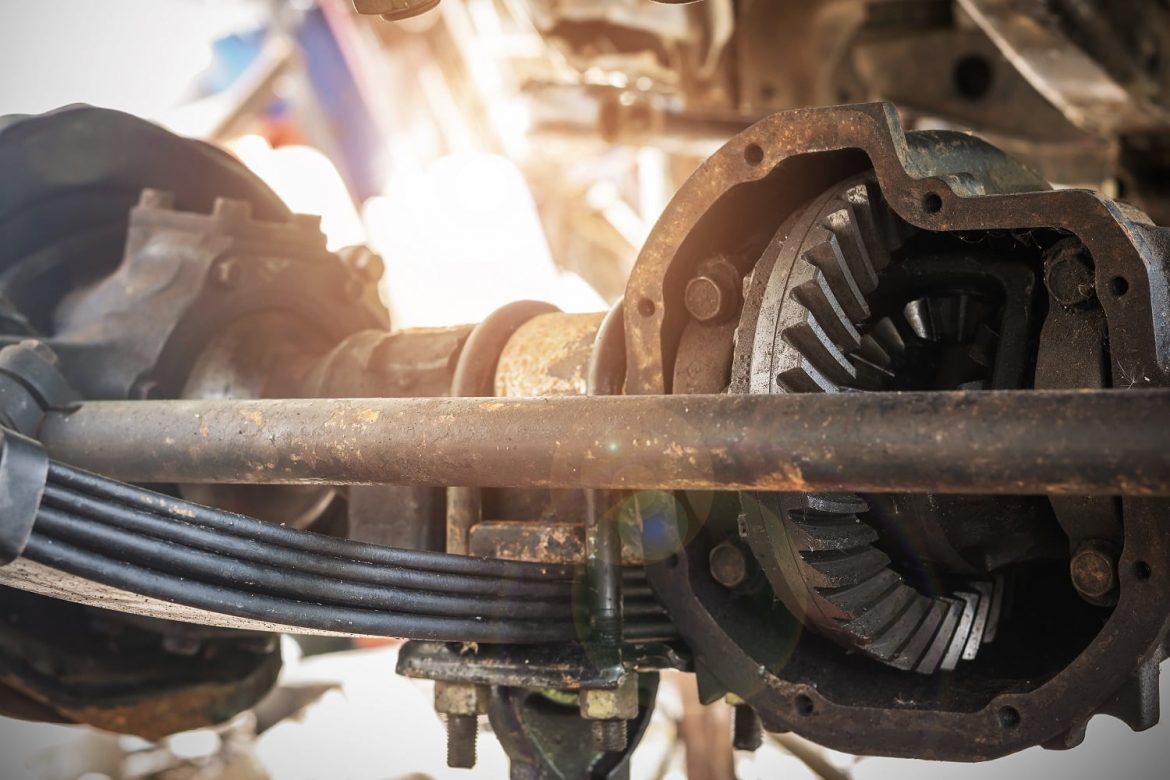For most of us, checking our tire pressure is something that can be done quickly and from the comfort of your driver’s seat. How do you check your tire pressure? By looking in the “tire pressures” section of your vehicle’s information system! Did you know that there is actually legislation that requires vehicles sold in the US today to have tire pressure monitoring systems installed? Early monitoring systems, or TPMS, would simply illuminate a warning light if the vehicle had an underinflated tire but now many vehicles will actually display the pressure of each tire. In many states, it is even a requirement for this system to function in order to pass inspection.
If your vehicle is older than a 2007 model year, chances are it does not have TPMS and you must manually check your tire pressures. You can get a tire pressure gauge at any of our partnering local auto parts stores or your local tire installer.
What Should My Tire Pressure Be?
Once you’ve checked your tire pressure, it’s important to know if it’s within the acceptable range for your vehicle. The pressure a tire is inflated to has to do with the type of tire, it’s size, and the weight of the vehicle. The goal is to inflate the tire enough that tread makes a nice even contact patch with the ground. Vehicles sold in the US today will have a tire and loading information sticker on the driver’s side door jamb or door indicating the correct tire size the vehicle should be equipped with and it’s recommended inflation pressure.
If you over-inflate your tires the center of the tread will bow out causing that center section of the tread to wear much faster than the rest of the tire shortening its life. Similarly, if you underinflate your tire the center section will draw in causing the tread at the edges of your tire to wear more quickly than the rest of the tire. An underinflated tire will also cause more road noise, poor handling, poor fuel mileage and can make a tire more susceptible to tread separation.
What if my TPMS light is on but all my tires have the right pressure?
If your tire pressure light is on but your tires are properly inflated it usually means there is a problem with your TPMS system. The most common problem is that one of the sensors in your tire has a dead battery and is no longer transmitting the pressure to your vehicle’s computer. If this is the case on or more tires may indicate “0” for the pressure. To solve this problem you need to rebuild or replace the dead sensor and reprogram your TPMS system to recognize the new sensor. Replacing these senors may be a pain, but it’s much better than a flat tire!
So keep your tire pressure gauges handy and know the recommended tire pressure for your car to keep you safe and on the road! Don’t’ forget to subscribe for more great videos!
Pictures provided by:
tire_pressure.jpg – By Pakorn Sungkapukdee – Licensed by Getty Images – Original Link
BlueDevil Products can be found on Amazon.com or at AutoZone, Advance Auto Parts, O’Reilly Auto Parts, NAPA, and other major auto parts retailers.
Related Articles



